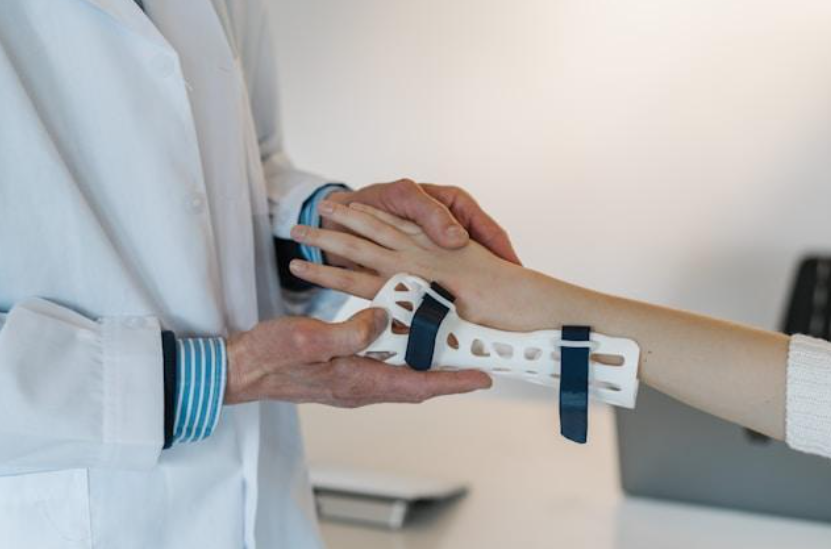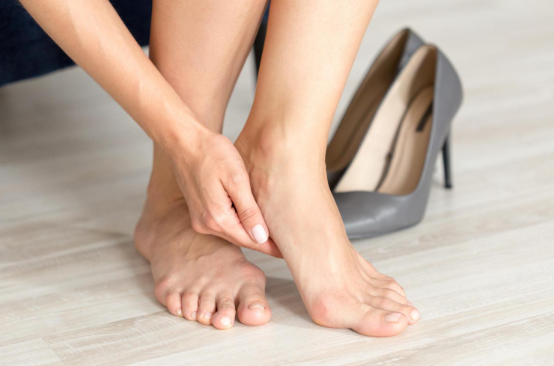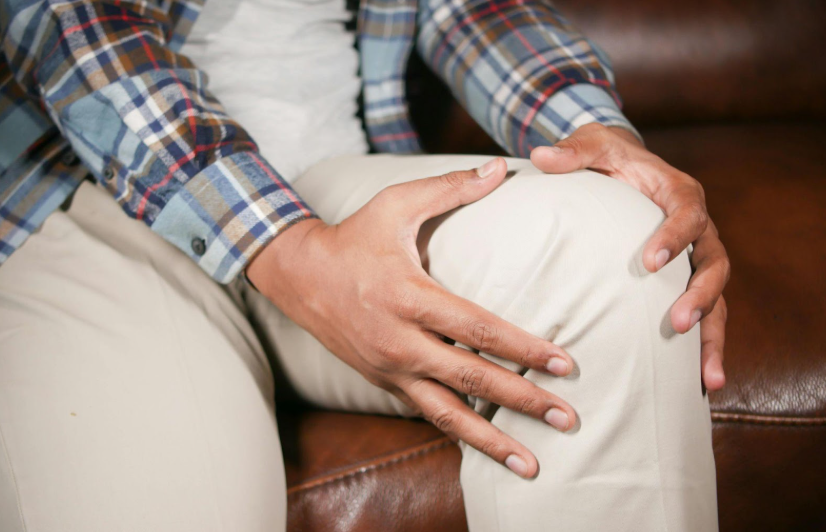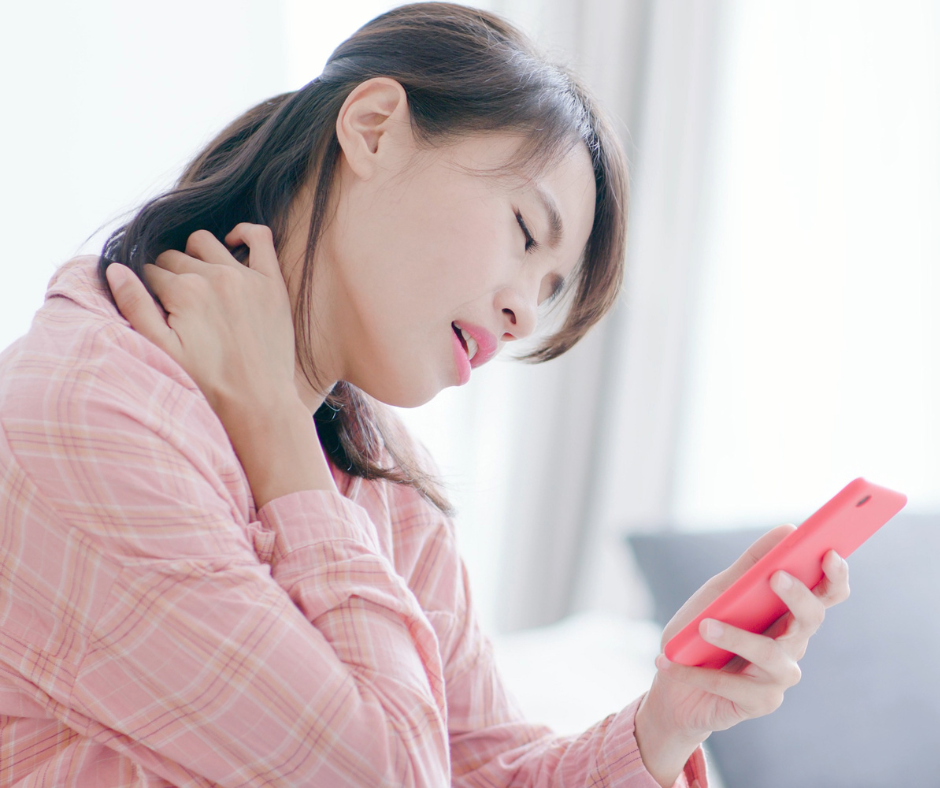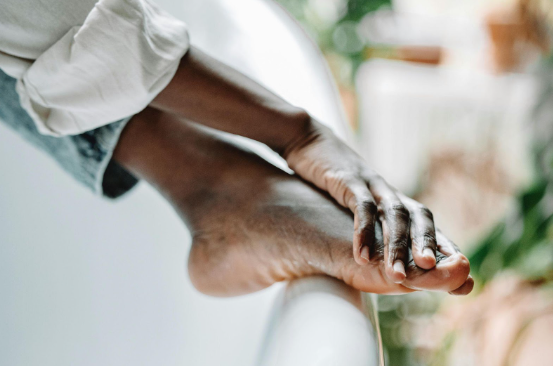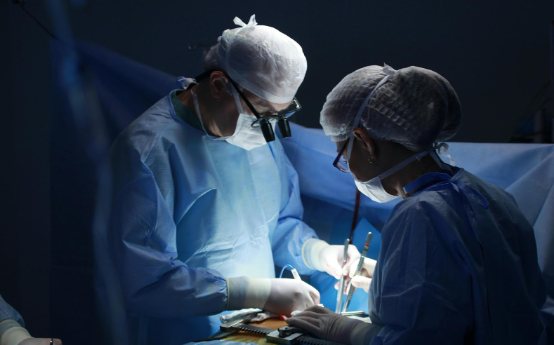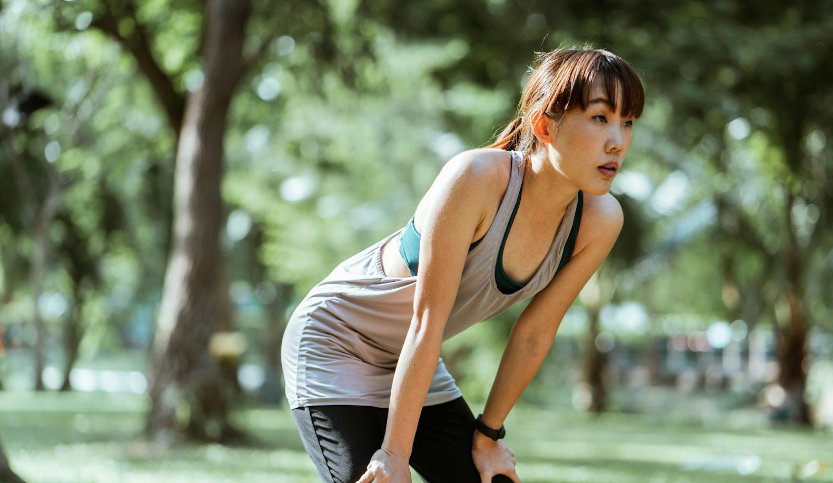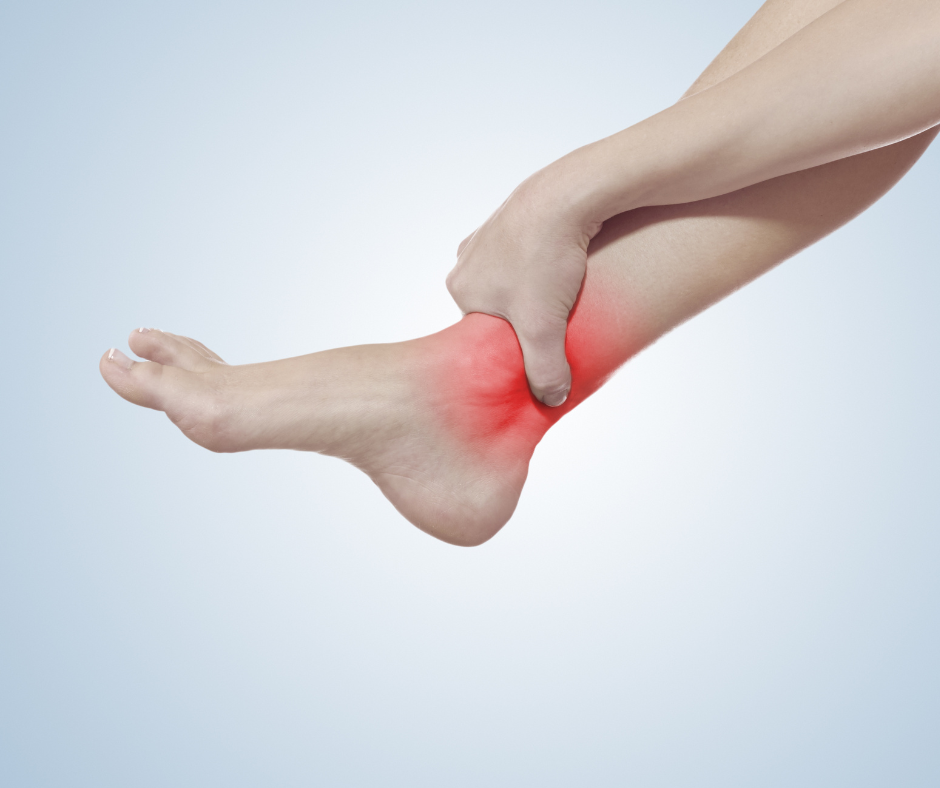DO YOUR SHOES ACTUALLY GIVE YOU BUNIONS?
Do Your Shoes Actually Give You Bunions?
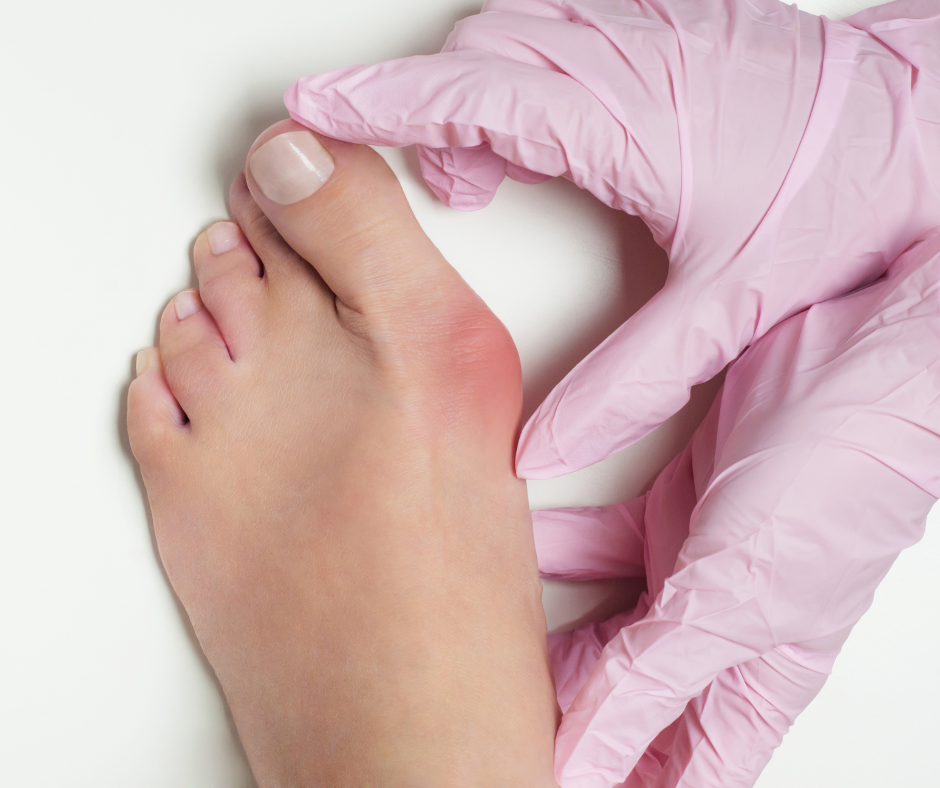
Did you know that up to 25% of people have bunions? In fact, 1 in 3 Americans have bunions. This foot deformity causes a lot of discomfort and pain. Do you wonder why bunions appear in the first place? Whether you're among those individuals with this condition, know someone who has a bunion, or are simply curious about the topic, understanding the reasons behind their formation can be intriguing. Are they hereditary? Can wearing the wrong shoes lead to the development of a bunion?
Keep reading to explore the relationship between shoes and bunions. Also, stay tuned for some useful guidelines on how to prevent and manage the condition effectively.
What Are Bunions?
Bunions are bony bumps that form at the base of the big toe, causing it to deviate towards the other toes. This leads to abnormal joint alignment and can result in inflammation, swelling, and pain. Over time, the bunion can become more prominent, affecting an individual’s ability to walk comfortably.
The Latin name for bunions is
hallux valgus (hallux stands for “big toe”, and valgus describes the state of being turned away from the midline).
The symptoms of a bunion include a burning sensation in your foot, pain, numbness, swelling of your toes, inflammation, impaired range of motion, and stiffness.
What Types of Bunions Exist?
The most prevalent type of bunion occurs on the big toe. Other varieties are: congenital hallux valgus, which mostly occurs in some babies at birth; juvenile or adolescent hallux valgus, which can develop in teens aged 10 to 15; and tailor's bunion, a.k.a. bunionette, which is a type of bunion that forms on the outer base of the little (pinky) toe.
Why Do People Get Bunions?
Most likely, they are hereditary. Although shoes may play a role in the development of bunions, genetics are the primary factor. If bunions run in your family, you have a higher likelihood of developing them yourself.
You may also be wondering if age and gender have a role to play. Bunions typically affect older adults, but young adults and teenagers aren’t immune to them either. While women are more vulnerable than men, anyone can develop the progressive bone disorder at any time.
Other
factors that contribute to bunions include foot injuries and inflammatory diseases, such as rheumatoid arthritis. Additionally, individuals who work in occupations that demand a lot of standing and walking, such as teaching, ballet dancing, and nursing, are susceptible to bunions. Because of hormonal changes that loosen the ligaments and flatten the feet, women who are pregnant are more likely to develop bunions and other foot issues.
If you have bunions, wearing the right shoes can help mitigate the discomfort and prevent the condition from worsening.
How to Choose the Right Shoes
Selecting appropriate footwear is crucial for those who already have bunions or are prone to developing them. Here are some essential factors to consider when choosing shoes:
- Size Matters: Opt for shoes that fit properly, with enough room for your toes to move freely. Tight-fitting shoes can exacerbate bunions and cause unnecessary pressure on the affected area.
- Shoe Width: Look for shoes with a wider toe box, as they allow your toes to spread naturally and reduce friction against the bunion.
- Arch Support: Adequate arch support helps distribute weight evenly across your feet, reducing stress on the bunion.
- Low Heels: High-heeled shoes can force your toes into an unnatural position and increase the risk of developing bunions. Choose shoes with a low and wide heel to minimize pressure on the front of your foot.
Guidelines for Bunion-friendly Shoes
To maintain foot health and prevent bunions from worsening, consider the following guidelines:
- Avoid Pointed-toe Shoes: Pointy shoes squeeze your toes together, exacerbating the condition. Opt for shoes with rounded or square-shaped toes.
- Choose Soft Materials: Shoes made of soft, flexible materials like leather or cloth will be gentler on your bunions compared to rigid materials.
Some good choices are sandals, athletic shoes, and shoes made from soft leather.
Accessories for Additional Comfort
In addition to choosing appropriate shoes, there are accessories that can offer additional comfort and support if you have bunions:
- Bunion Pads: These cushions provide a protective barrier between your bunion and your shoe, reducing friction and discomfort.
- Orthotic Inserts: Custom orthotic inserts can help correct your foot alignment, alleviating pressure on the bunion and promoting better posture.
- Toe Spacers: These devices help maintain proper toe alignment and prevent toes from overlapping, which can worsen bunions.
Why You Should Not Neglect a Bunion
Ignoring a bunion can lead to significant consequences over time. Untreated bunions can cause chronic pain and make it difficult to find suitable footwear. Bunions may also negatively impact your overall quality of life.
Wearing uncomfortable shoes consistently can lead to the enlargement of the bunion. Moreover, it may also result in the development of various complications, including:
- Bursitis: The inflammation of the bursa, the fluid-filled sacs that provide cushioning between bones.
- Hammer toe: A condition in which the toes bend at the middle joint, causing discomfort and pain.
- Metatarsalgia: This condition causes pain and swelling in the ball of the foot.
Treatments Available for Bunions
If you are experiencing persistent pain or discomfort from a bunion, seeking professional help is essential. Orthopedic specialists can recommend non-surgical treatments such as physical therapy and cortisone injections to temporarily relieve pain by reducing inflammation.
Clinicians assess the severity of a bunion by utilizing an X-ray to measure specific angles between the foot bones. Particularly, they focus on the hallux valgus angle (HVA), which is the angle between the first metatarsal and the big toe, and the intermetatarsal angle (IMA), formed by the first and second metatarsals. The accepted upper limits of normal for HVA and IMA are 15 degrees and 9 degrees, respectively.
In severe cases, surgical options can be explored to realign the toe joint and alleviate pain. However, it's essential to avoid opting for bunion surgery solely for cosmetic reasons and to approach the decision cautiously. The recovery process can be lengthy, and it's crucial to understand that complete symptom relief is not guaranteed.
The primary goals of bunion surgery are to alleviate pain and restore normal function by removing the bony prominence and realigning the joint, including ligaments, tendons, and nerves. There are numerous surgical procedures available for bunion correction, but few have been thoroughly evaluated in controlled trials.
For mild bunions, a bunionectomy may be performed. The surgeon will remove the enlarged bone portion and realign the surrounding muscles, tendons, and ligaments. In the case of moderate deformities, it might be necessary to make a cut close to the metatarsal head to shift the bone back into its proper position.
For severe bunions, an osteotomy is often required. In this procedure, the surgeon makes a cut at the base of the metatarsal bone, rotates it, and secures it in place with pins or screws.
The surgeries, including bunionectomy and osteotomy, can be performed under local, general, or spinal anesthesia on an outpatient basis in a hospital, surgical center, or doctor's office, usually by a specialized foot surgeon, such as an orthopedic or podiatrist.
While shoes may not be the sole cause of bunions, they can certainly contribute to their development and exacerbate the condition. By choosing the right footwear and following the tips for proper foot care, you can significantly reduce the discomfort associated with bunions.
However, if you are dealing with persistent pain, it is crucial to seek advice from medical professionals like the experts at
AZ Ortho, who can provide specialized care and help you find the best solution that works for you.
Remember, taking care of your feet today will benefit you in the long run, ensuring you can continue to lead an active and pain-free lifestyle.
Contact us by filling out our online form or call
480-697-4824 to book your appointment!
